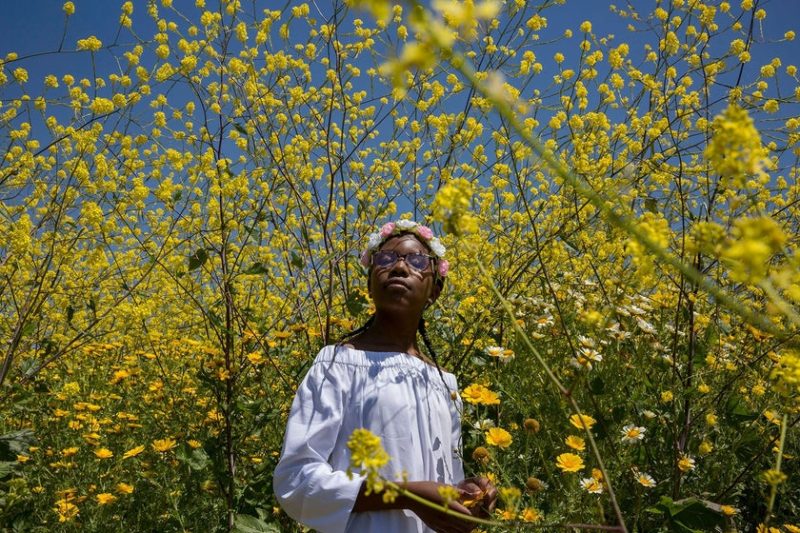Who Benefits From Watching Black Trauma on Screen?
Share
Explore Our Galleries
Breaking News!
Today's news and culture by Black and other reporters in the Black and mainstream media.
Ways to Support ABHM?

By Jasmine M. Ellis, Slate
Ma’Khia Bryant. Latasha Harlins. These are the names of two Black girls whose lives were stolen from them, 30 years apart. Sixteen-year-old Bryant was shot and killed by a police officer in Columbus, Ohio, on April 20, 2021. And 15-year-old Harlins was shot and killed by Soon Ja Du at Empire Liquor in South Central Los Angeles on March 16, 1991.
Bryant and Harlins, like so many Black girls in America, have had their lives reduced to the circumstances of their deaths, as videos and images of their final moments continue to circulate for the world to see. Meanwhile, their loved ones and communities are left upholding the truth about who they were, while media reports and larger conversations might not include aspects of these girls that point to their humanity, such as their favorite hobbies, their career aspirations, or how they were doing in school. So what will it take for Black girls to just exist on and off screen?
Disrupting American society’s harmful tendencies to portray Black girls as more mature than other children their age—to deny them of their childhoods—is key for experimental documentary filmmaker and photographer Sophia Nahli Allison, whose work aims to portray young Black girls as just that: young girls. The Los Angeles native’s documentary short A Love Song for Latasha, which was nominated for an Oscar this year and is streaming on Netflix, is a moving tribute from Allison and Harlins’ loved ones to the young girl’s life. The film captures the essence and showcases the fullness of Harlins, something that reports on her death always failed to do. (Harlins’ death was one of the inciting incidents of the 1992 L.A. race riots, and the trial against her killer, store owner Soon Ja Du, garnered national attention; although Du was found guilty of voluntary manslaughter, she received a light sentence of probation and community service.)…
Read the full article here
Learn more about trauma and violence against Black girls here and here
More Breaking News here.









Comments Are Welcome
Note: We moderate submissions in order to create a space for meaningful dialogue, a space where museum visitors – adults and youth –– can exchange informed, thoughtful, and relevant comments that add value to our exhibits.
Racial slurs, personal attacks, obscenity, profanity, and SHOUTING do not meet the above standard. Such comments are posted in the exhibit Hateful Speech. Commercial promotions, impersonations, and incoherent comments likewise fail to meet our goals, so will not be posted. Submissions longer than 120 words will be shortened.
See our full Comments Policy here.